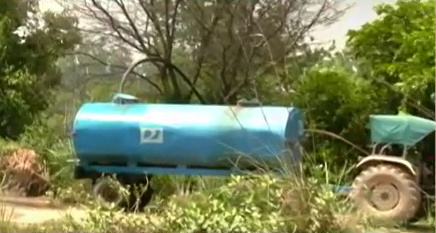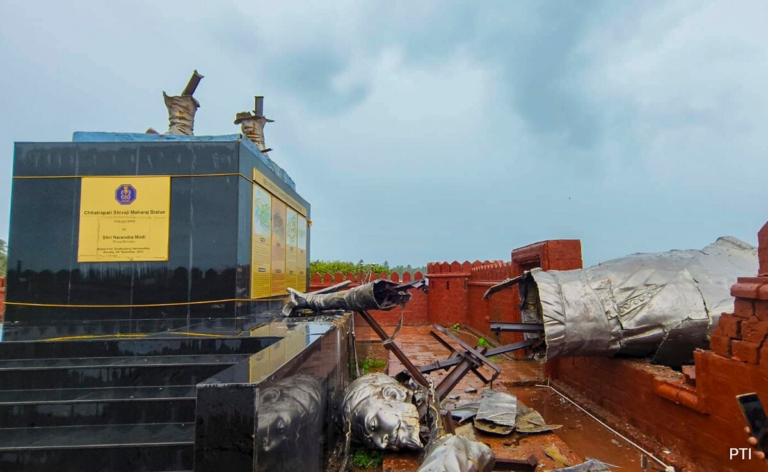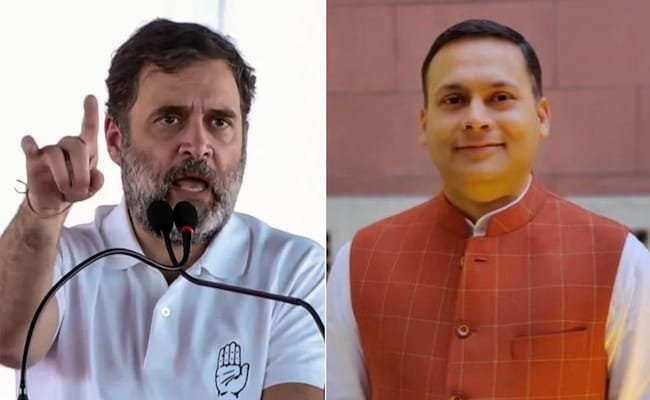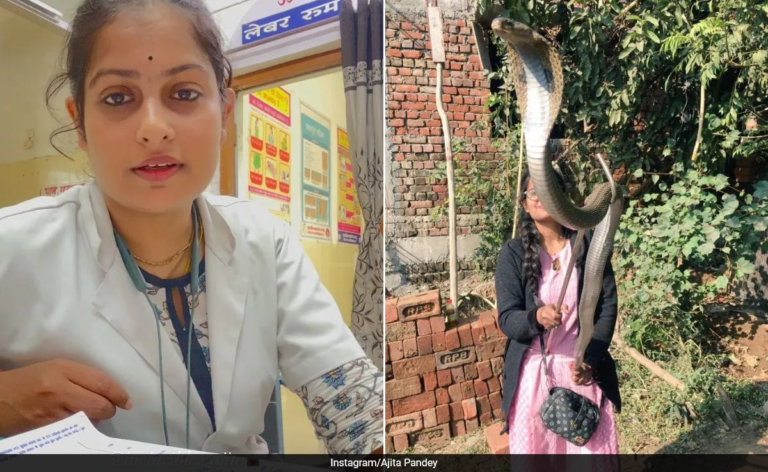
The water crisis in Delhi has blown up into a full-fledged political controversy, with the Delhi government being accused of being unable to stop water theft from the Munak canal. The BJP has alleged that the water mafia is hand-in-glove with the ruling Aam Aadmi Party. Officials of Raj Niwas, the Delhi Lieutenant Governor’s house, have also blamed the AAP government, pointing to the water mafia.
AAP has alleged that the water mafia is stealing water in collusion with the Delhi government officials and has complained about it in a letter to the Lieutenant Governor. AAP has also claimed that Haryana is not releasing the water it has been asked to give to Delhi.
NDTV reporting from Ground Zero spotted tanker pumping water illegally from the Delhi-Haryana Munak canal, which is practically the sole supplier of water for Delhi.
In a letter to Lieutenant Governor VK Saxena, Delhi minister Atishi highlighted the dwindling numbers of water tankers in the national capital.
“In January 2023, 1179 tankers were deployed by DJB, and in June 2023, this number was 1203. However, this number was reduced to 888 in January 2024, without any approval from me; in fact, without any consultation with me,” her letter read.
She also claimed her repeated requests to increase the number of tankers were ignored by the officials of the DJB.
The BJP declared that the “tanker mafia has strengthened in Delhi” since Arvind Kejriwal came to power and they have submitted evidence of this to the Delhi Police .
Mr Saxena has asked the Delhi Police chief to maintain strict vigil along the Munak canal to prevent any further theft of water. Wrongdoers should be arrested and action should be taken against them. A compliance report should be filed within a week, he has also said.
The Supreme Court, meanwhile, has questioned what action the Delhi government is taking about tank mafias and how it is planning to ensure water supply.
Delhi needs 1,300 million gallons per day, or MGD, of which the Delhi Jal board produces only an estimated 1,000 MGD, say conservative estimates.




